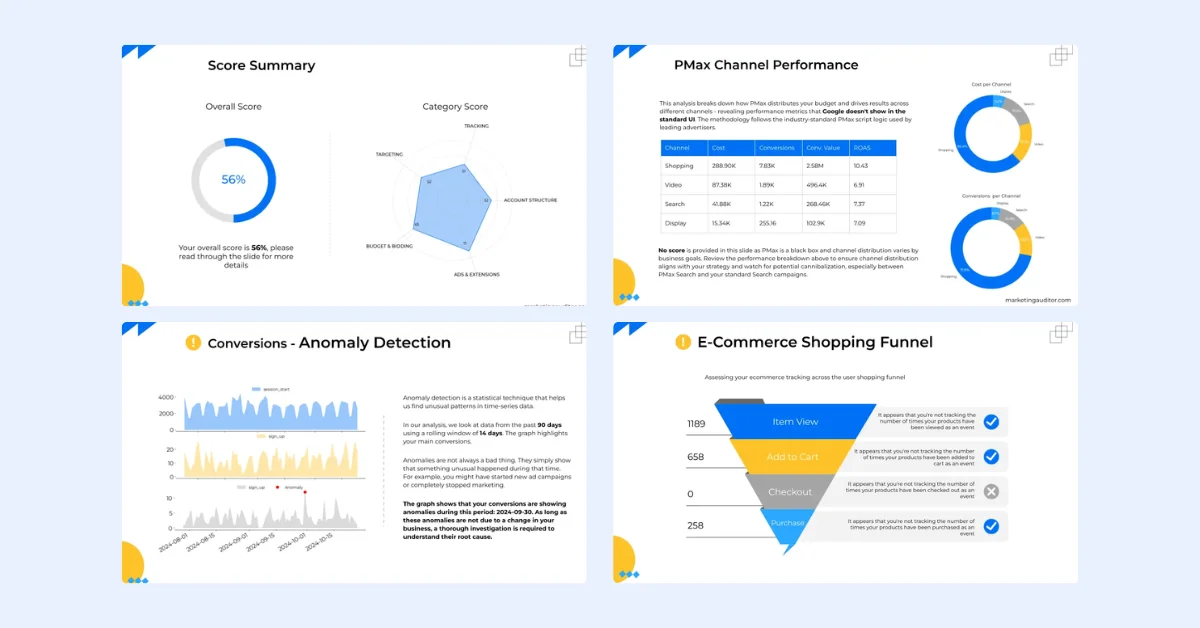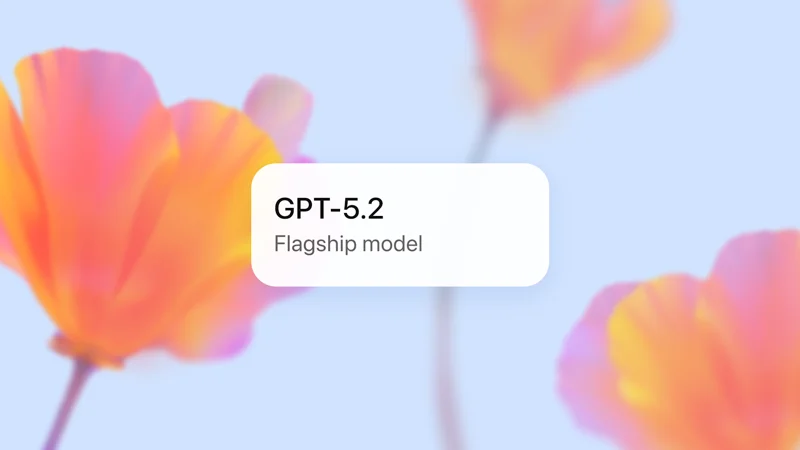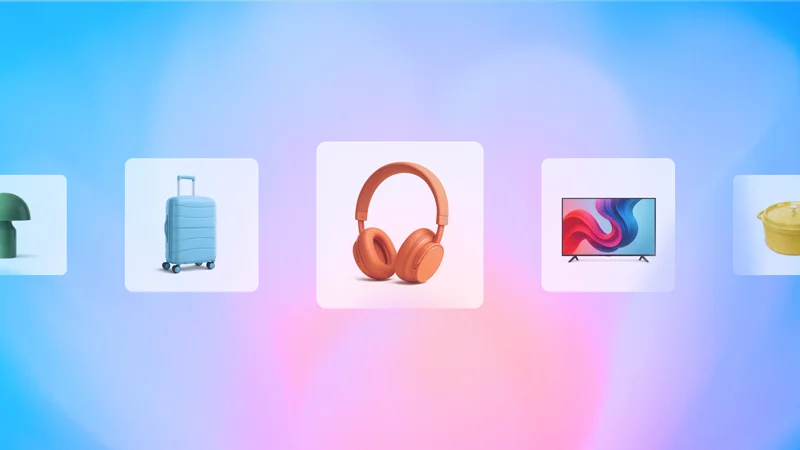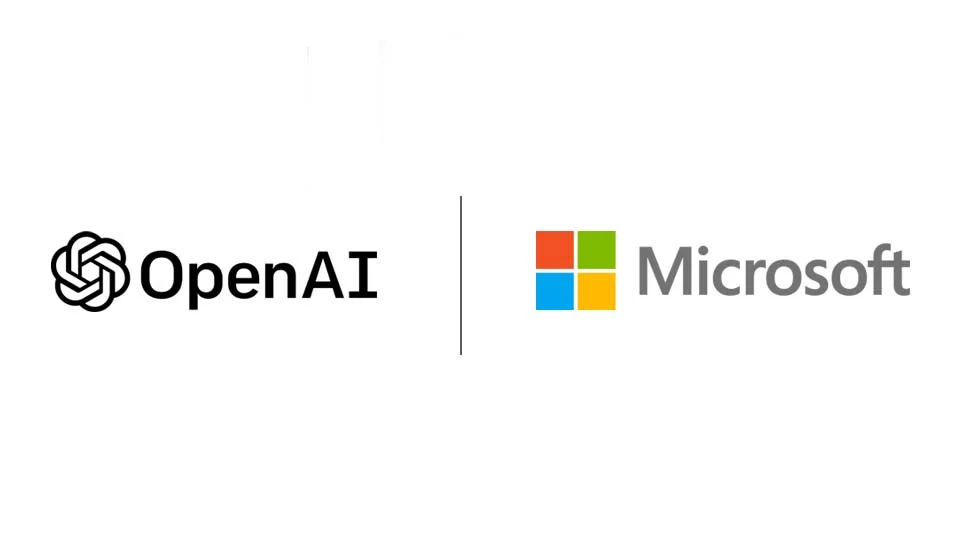OpenAI has announced the availability of fine-tuning for GPT-4o-mini, allowing users to customize the model for specific applications. This update brings new possibilities for developers and businesses looking to optimize their AI solutions.
Availability and Pricing
- Currently available to tier 4 and 5 users, with plans to expand access to all tiers gradually
- First 2 million training tokens per day are free through September 23, 2023
Key Benefits of Fine-Tuning
- Higher quality results compared to prompting
- Ability to train on more examples than can fit in a prompt
- Token savings due to shorter prompts
- Lower latency requests
Supported Models
Fine-tuning is available for several models, including:
- gpt-4o-mini-2024-07-18 (recommended)
- gpt-3.5-turbo variants
- babbage-002 and davinci-002
- gpt-4-0613 (experimental)
- gpt-4o-2024-05-13
Users can also fine-tune previously fine-tuned models, allowing for iterative improvements.
When to Use Fine-Tuning
OpenAI recommends considering fine-tuning after exploring other optimization methods:
- Prompt engineering
- Prompt chaining (breaking complex tasks into multiple prompts)
- Function calling
These methods often yield good results with a faster feedback loop than fine-tuning, which requires dataset creation and training jobs.
Considerations
- Fine-tuning requires careful investment of time and effort
- Initial prompt engineering work can complement fine-tuning efforts
- Best results often come from combining good prompts with fine-tuning data
This update represents a significant step in model customization, offering users more control over their AI applications. However, OpenAI emphasizes the importance of evaluating whether fine-tuning is necessary for specific use cases, given the effectiveness of other optimization techniques.
As the AI landscape continues to evolve, this fine-tuning capability for GPT-4o-mini provides developers with another tool to enhance their AI-powered solutions.












